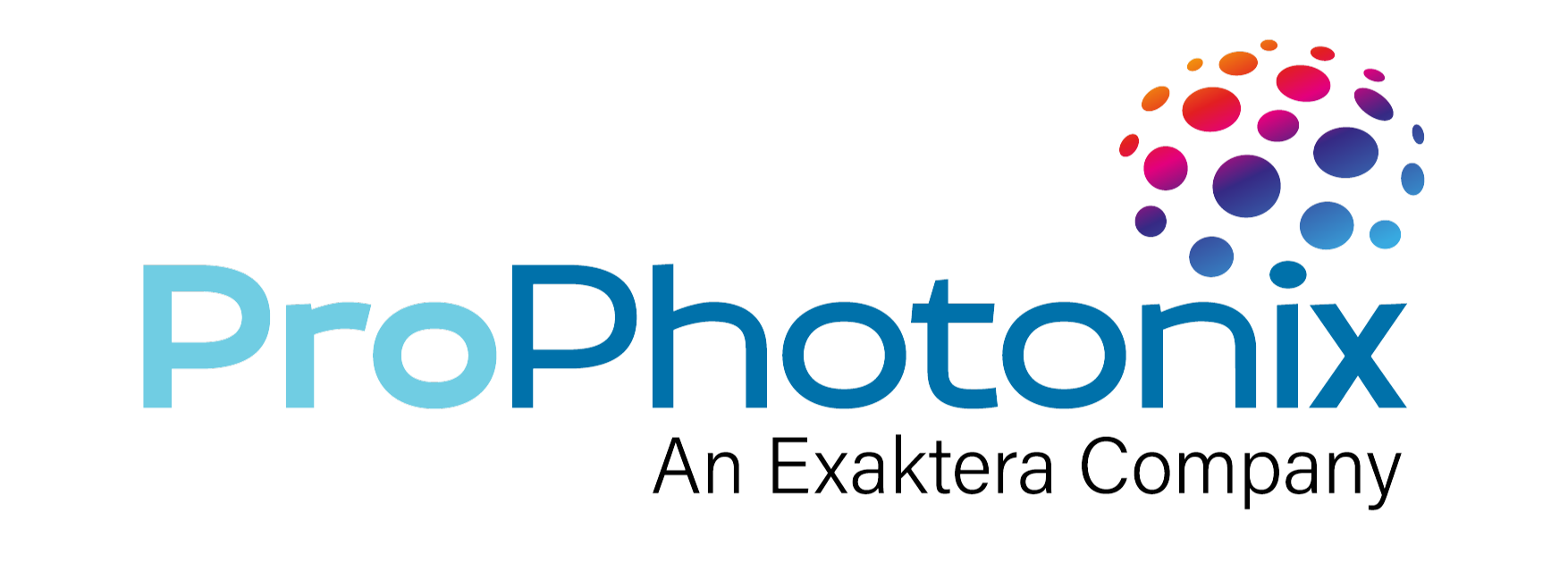Why use Infrared for Machine Vision Lighting?
There are many different reasons to use infrared (IR) light in machine vision applications. Essentially, IR lighting enables vision systems to work outside of the visible spectrum. Examples include systems where:
1. Visible light needs to be avoided
2. Material is opaque to visible light
Application examples:
IR Machine Vision Lighting where visible light must be avoided
An obvious example of the use of IR Machine Vision lighting is a non-industrial example; that of Automatic Number/ License Plate Recognition (ANPR/ ALPR). IR lighting is chosen in this application primarily because it is not visible to the human eye. Visible light in such an application would negatively impact drivers. Wavelength selection is critical in this application as the wavelength must remain invisible to the human eye, but also take into account the sensitivity of the camera and the reflective properties of the licence plates.
IR Machine Vision lighting where the material is opaque to visible light
There are a wide range of examples of materials that are opaque to visible light, but transmit IR light, such as dark glass, certain plastics and semiconductor materials. Because machine vision cameras are typically sensitive to IR light, these cameras can be used with IR machine vision lighting to detect faults in dark glass, micro cracks and occlusions in semiconductor materials etc.
To learn about the key challenges in selecting Machine Vision Lighting or IR Machine Vision Lighting, check out our next post or visit our IR Machine Vision Lighting webpage.
ProPhotonix is a leading designer and manufacturer of Laser Diodes, Laser Modules, UV LED Curing Systems, LED Products, and UVC LED Disinfection Systems. Contact us for free expert advice on selecting the optimal solution for your system.
Explore our wide range of high quality LED lighting machine vision products including LED Line Lights, LED Area Lights, LED Ring Lights and LED Spot Lights. Our LED lighting solutions deliver efficiency and reliability. Contact us today for free expert advice on LED Lighting Machine Vision products.





